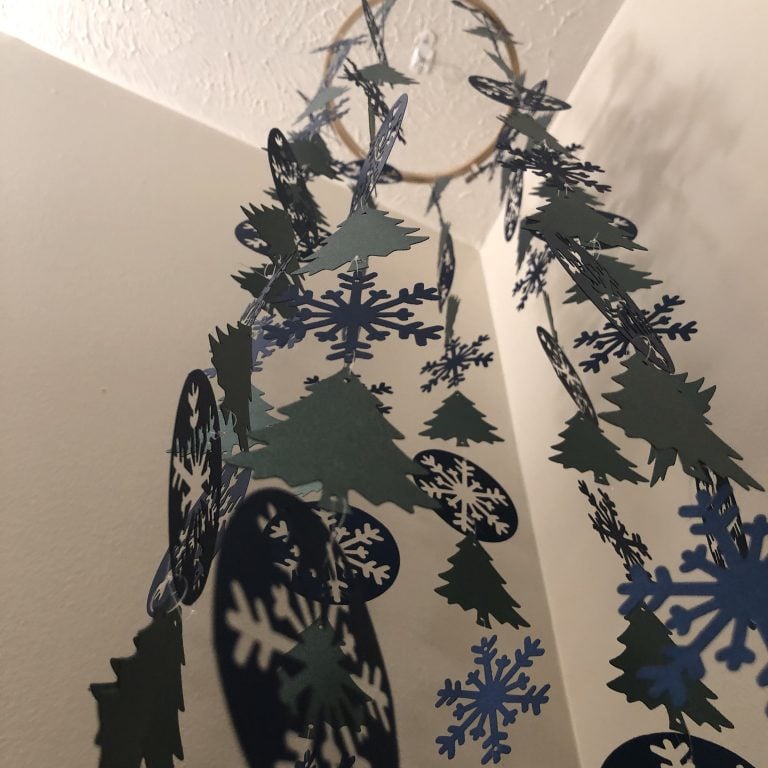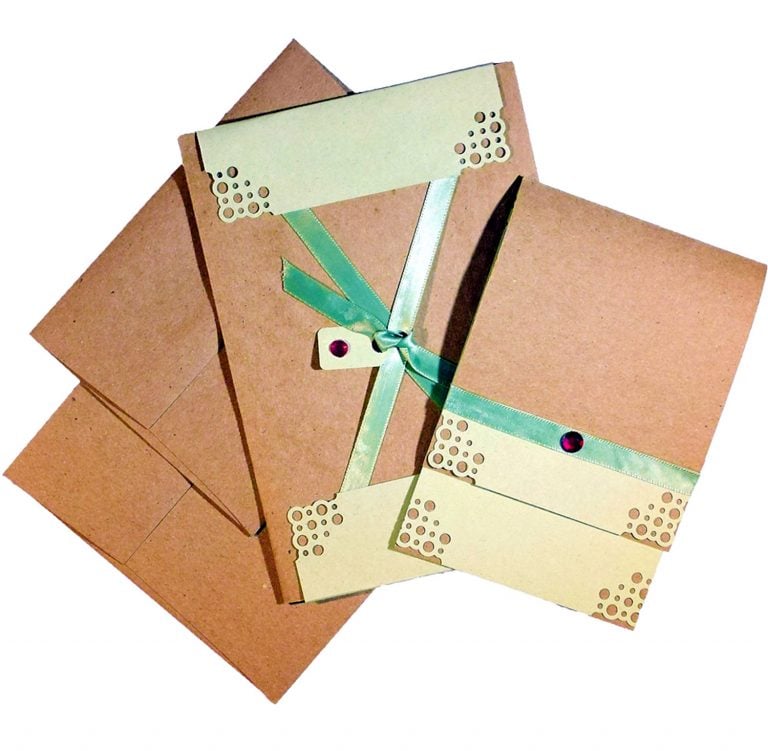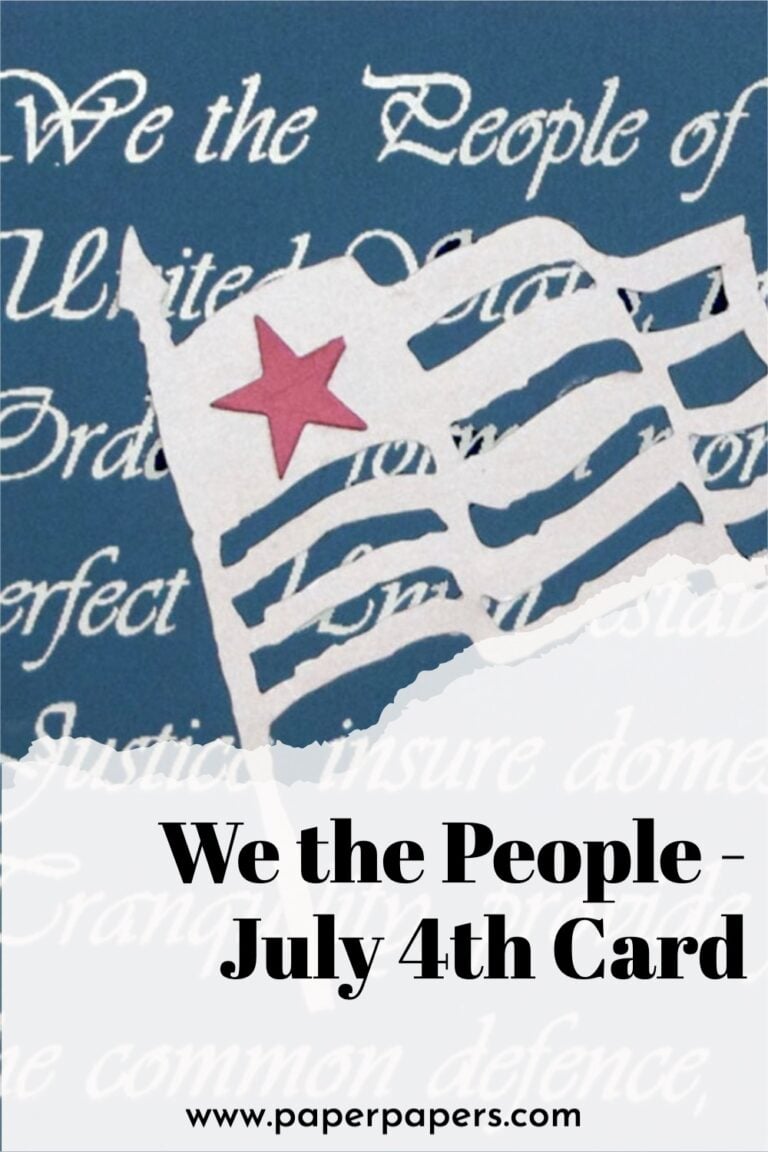How to Emboss Paper Like a Boss
Embossing can make your paper crafts, scrapbook pages, and homemade cards much more interesting by adding a lovely 3-dimensional texture. It’s a fairly easy way to give any design a lovely new visual element without any need to incorporate new patterns or colors.
And the good news is that just about anyone can learn to emboss paper like a pro. Continue reading to learn how.
The two most popular home paper embossing techniques use either a stencil and a stylus, or powder and heat.
How to Emboss Paper Like a Boss | 2 Methods
Let’s have a closer look at both of these methods.
Dry Embossing Using a Stencil and a Stylus
This is the cheaper of the two techniques used to emboss paper. In fact, if you have a stencil and a stylus you have everything you need to start your first embossing project. It’s even possible to use a safety pin instead of a stylus, but if possible rather use the latter.
Here are the steps involved to emboss paper :
- Secure the stencil to a window or lightbox with tape. The deeper the grooves of the stencil, the better it’s going to work. Remember that the side of the stencil that looks like the final image you would like to see on your completed design should face away from you and toward the paper.
- Carefully place the paper over the stencil and make sure the corners are taped into place. Don’t use thin paper that can easily tear. Rather use cardstock or vellum. We normally use a light-medium weight cardstock, for example, 80 lb or 65 lb cover-weight stock. To make the stylus glide a little bit easier, a good idea is to first rub wax paper over the paper you are using.
- Use the stylus to firmly trace around the stencil’s edges. Be careful, however, not to press too hard or you might tear the paper.
- The final step is to remove the paper from the stencil. Hopefully, you will see a lovely copy of the original design. If not, try again, this time carefully following the instructions above. You are also free to experiment by, for example, applying glitter to the final product, or painting it.
Heat Embossing
Once you’ve experimented with your stencil and stylus for a while, you will probably feel ready to invest in a few additional tools that will enable you to try heat embossing. This is a huge favorite among crafters because it actually adds 3-dimensional details to your project – creating a lovely raised pattern that looks really professional.
The first thing you will need is a heat gun. Please take note: a blow dryer will not work, it will simply blow your powder into outer space. Heat guns only blow out heat, no air – plus they generate a lot more heat than blow dryers.
You also need embossing ink, embossing powder, an embossing pad, cardstock, and a stamp. Look for ink that is sticky and thick and doesn’t dry quickly.
Here are the steps involved to emboss paper:
- Place the cardstock in the center of a bigger piece of scrap paper so you won’t mess. Make sure the surface you would like to emboss is facing upward.
- Press your rubber stamp gently onto the embossing pad, making sure its surface is totally covered with the embossing ink.
- Now press the stamp firmly onto the cardstock where you want the embossed image to be. Make sure to apply even pressure when trying to emboss paper like this.
- Next sprinkle a small amount of embossing powder over the image you’ve just stamped. Make sure to completely cover every part of it.
- Lift the card and tap off the excess embossing powder.
- Finally, it’s time to use the heat gun to melt the embossing powder and emboss your chosen design onto the card. Make sure the gun is plugged in and wait until it’s hot. Then hold it a few inches from the card, moving it across the powdered area.
- As you do this, a miracle will happen before your eyes as the heat starts to transform the powder into a beautiful, raised embossed image.








